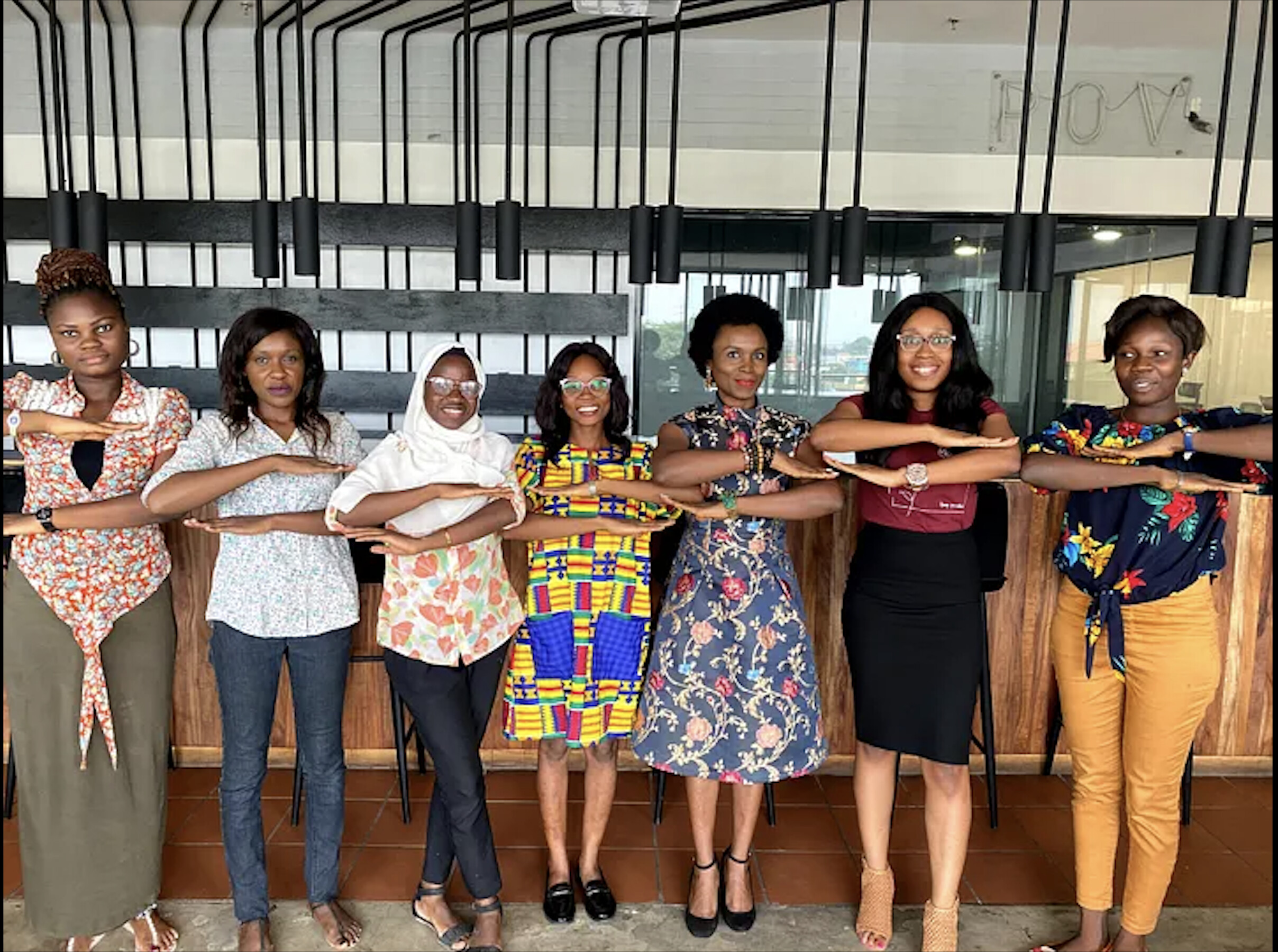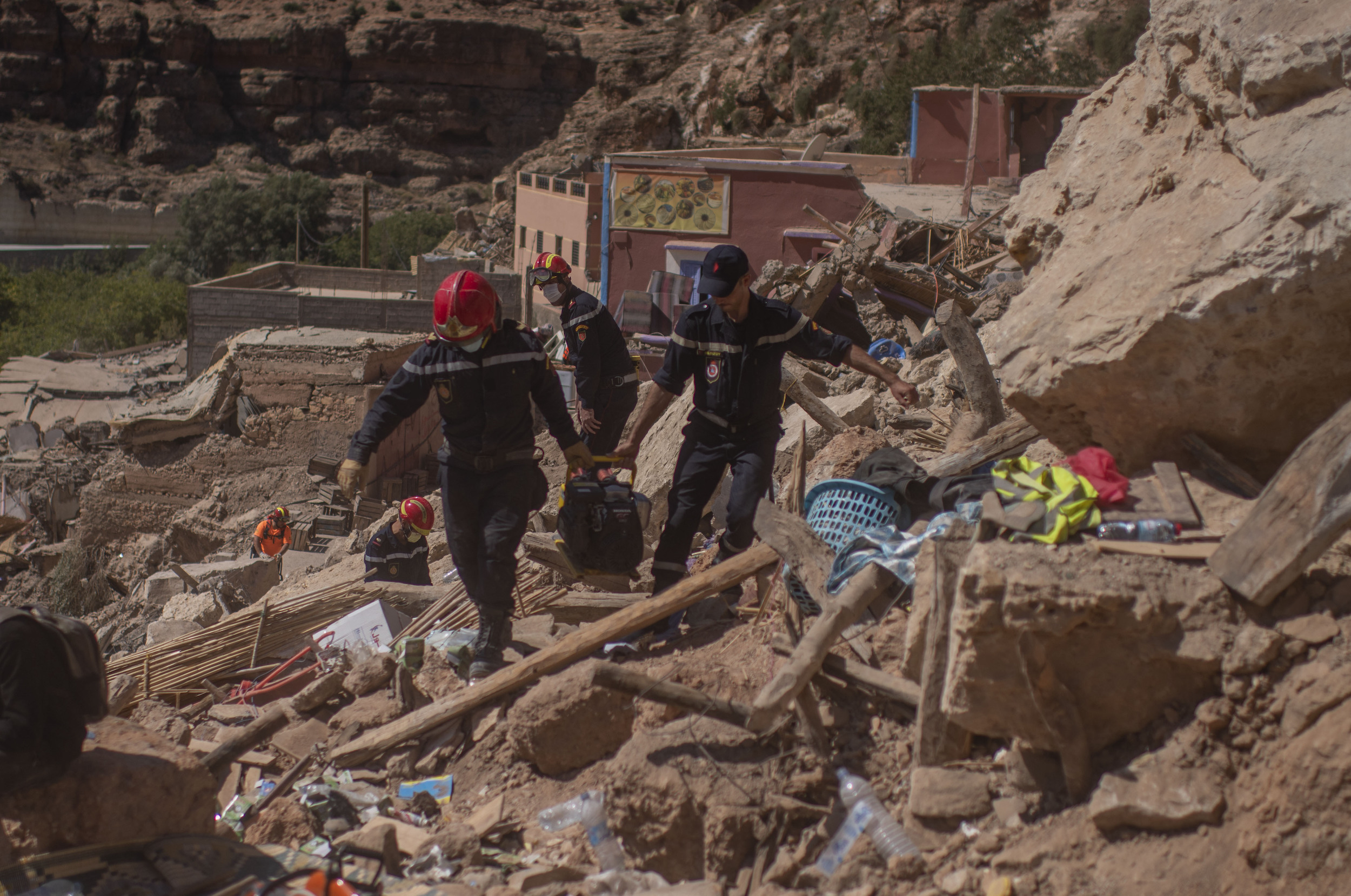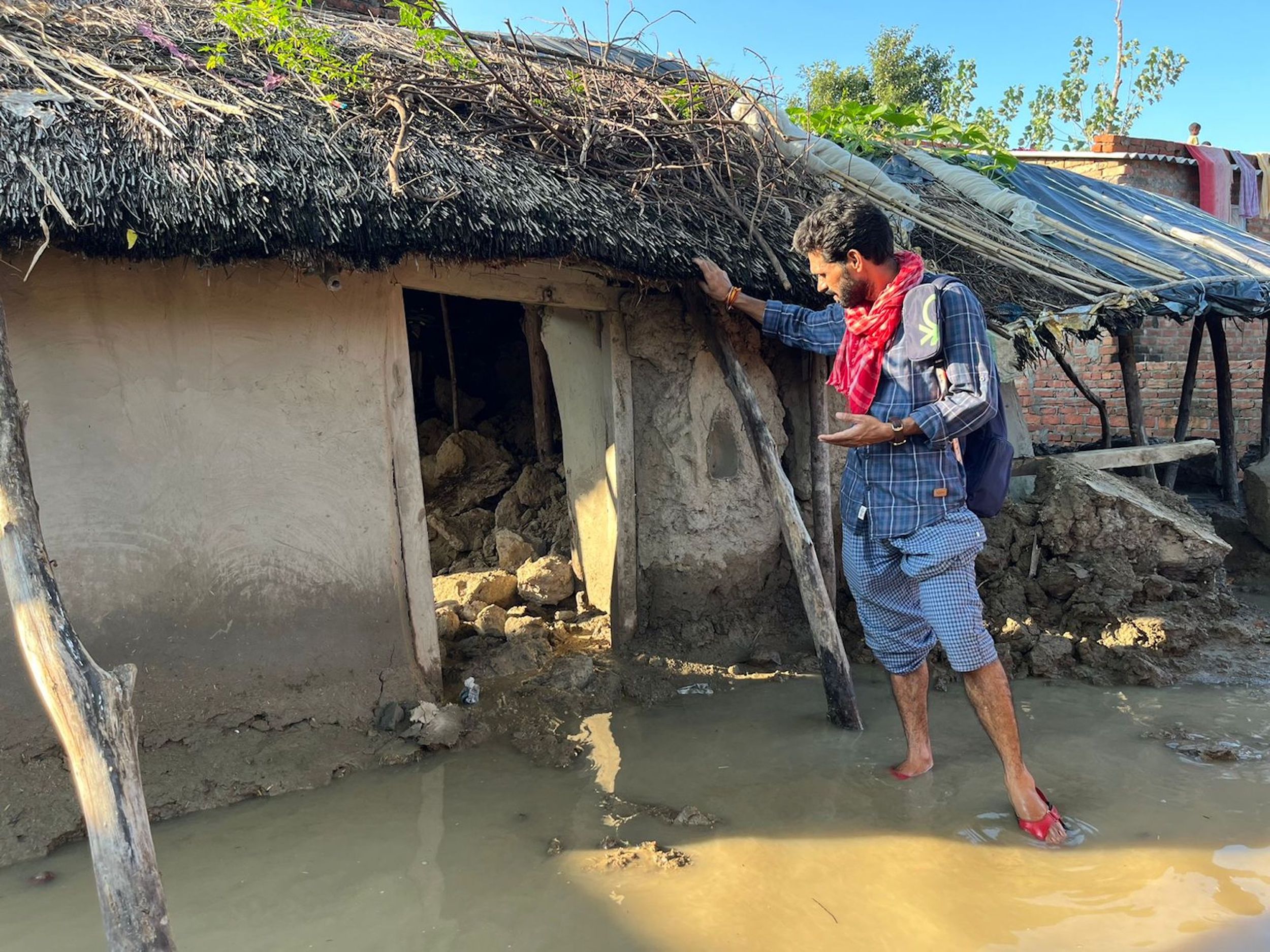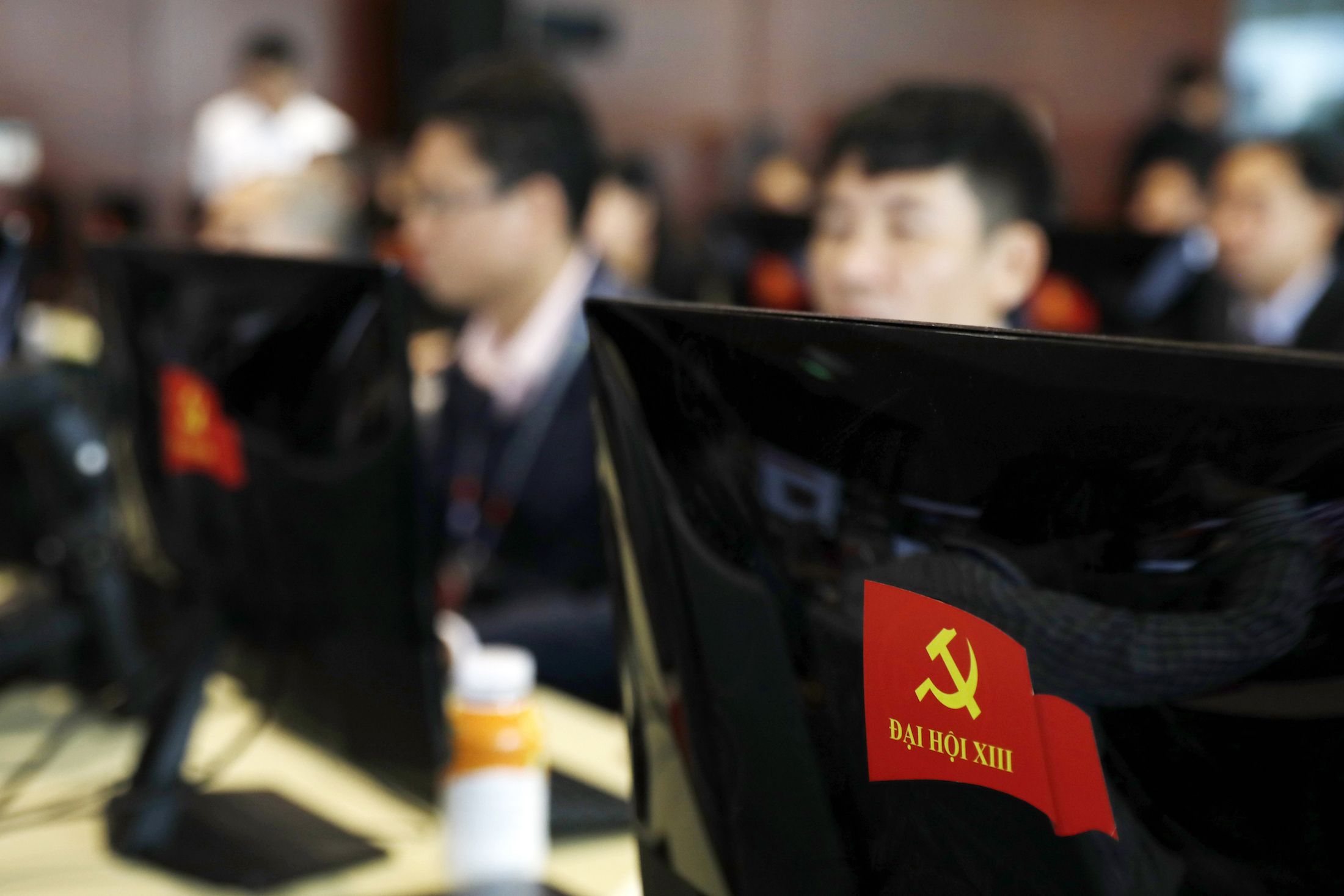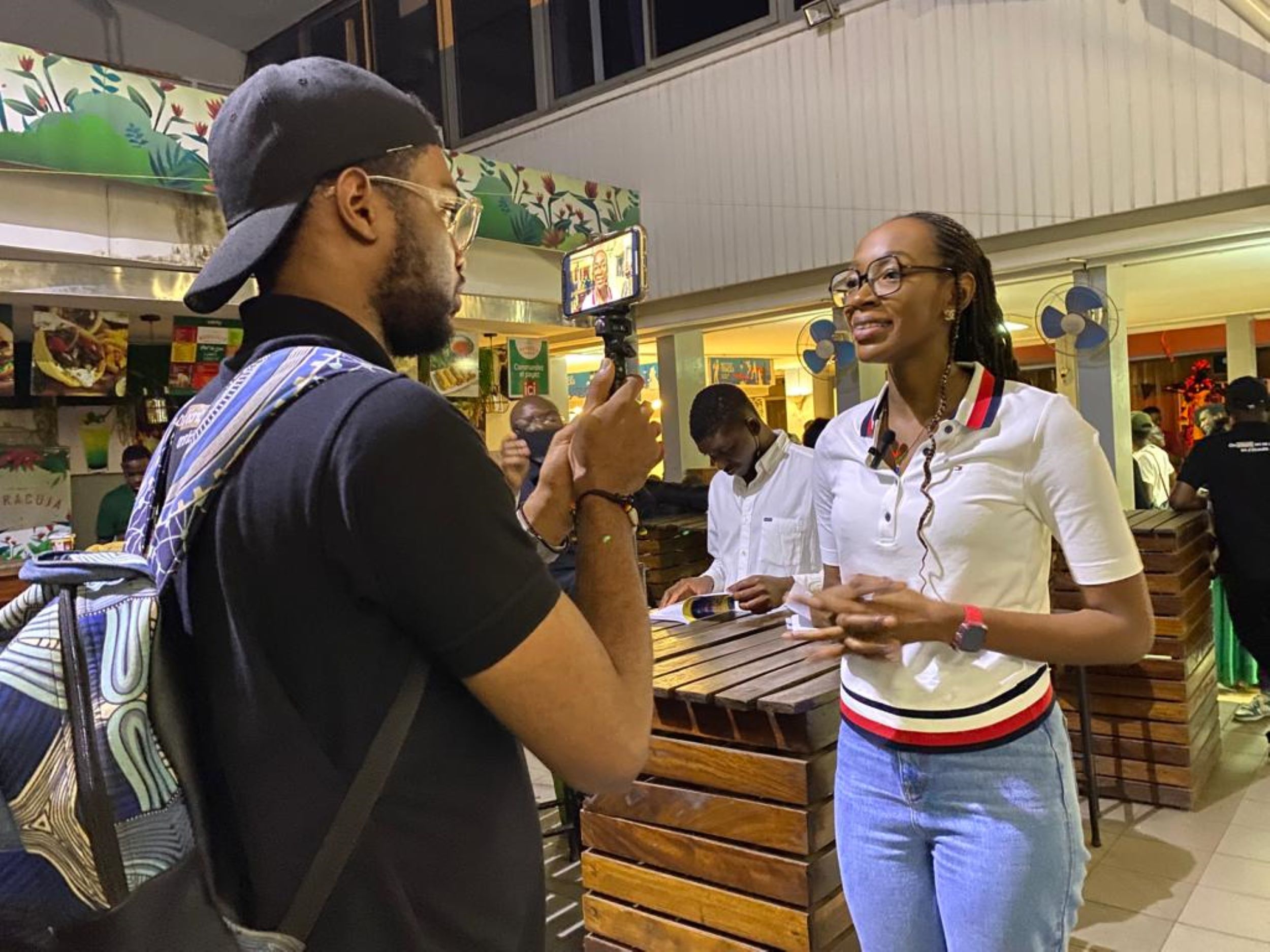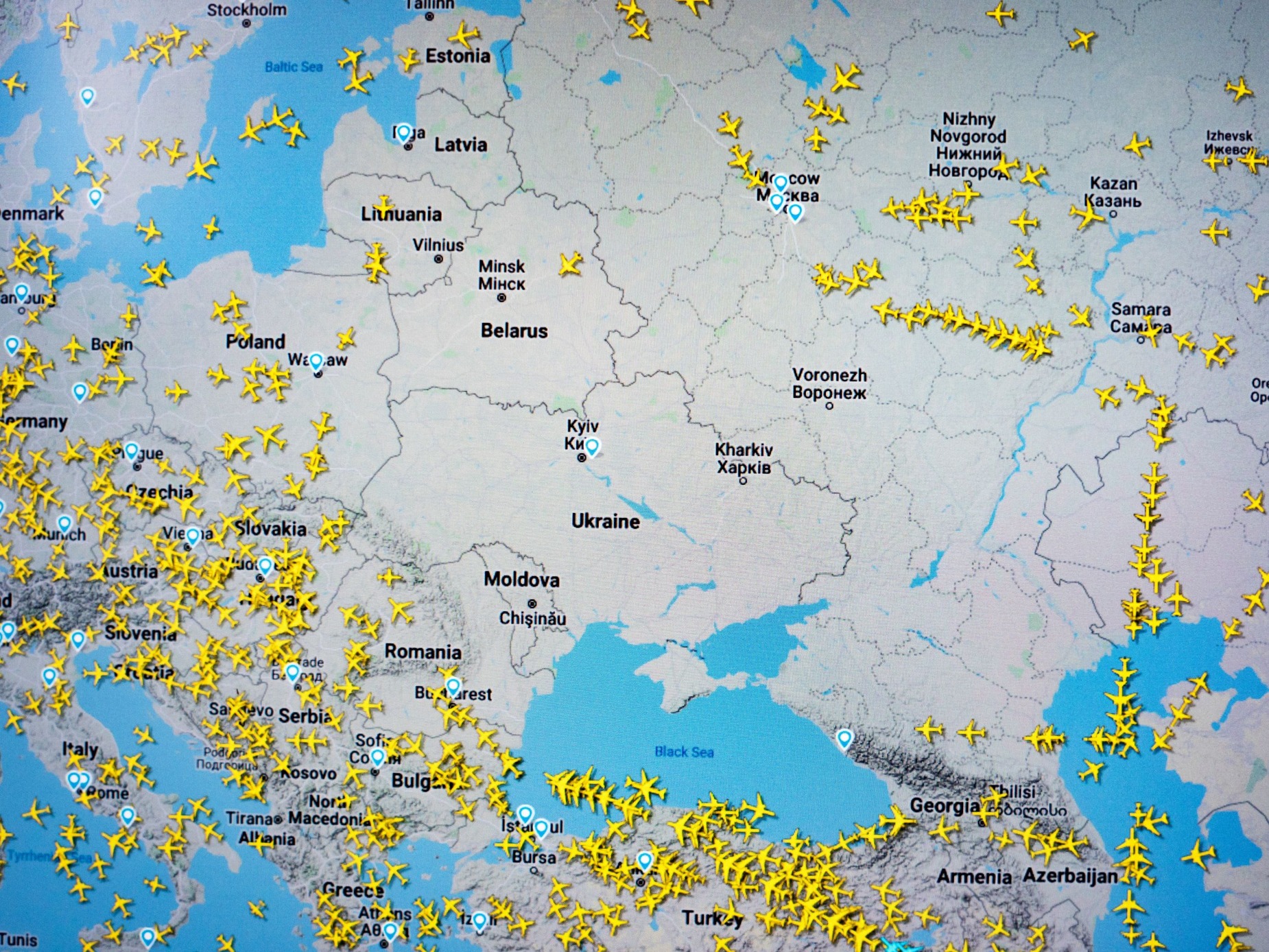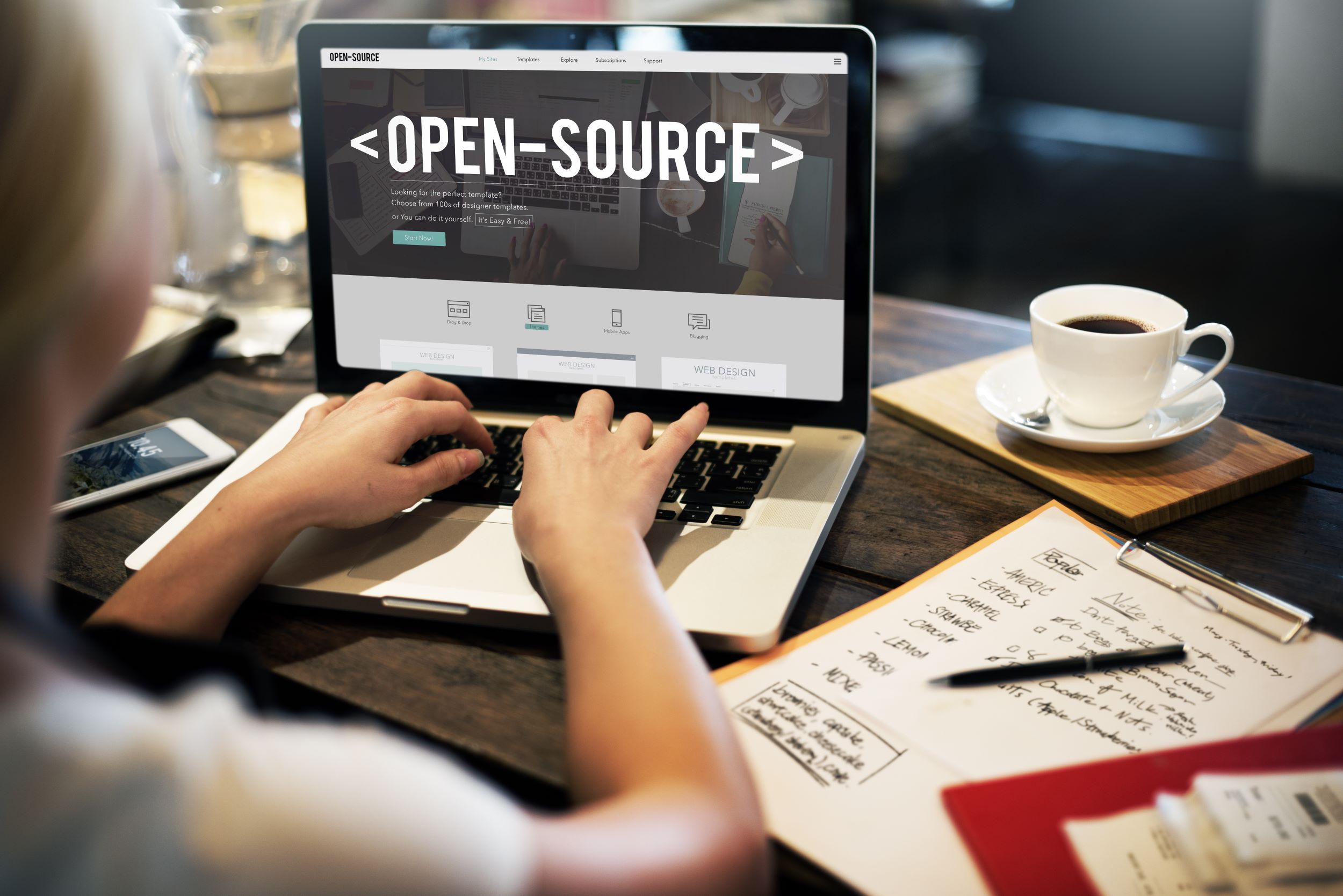مع اقتراب عدد متابعيه من 18000، أصبح حساب تويتر المعنون ShamiWitness@ مصدرا رئيسا للدعاية الموالية لتنظيم الدولة. وجاء في التحقيق الذي أجرته القناة الرابعة البريطانية عن الحساب أن تغريدات ShamiWitness "كانت تشاهد مليوني مرة شهريا، مما يجعله ربما أكثر حسابات تنظيم الدولة تأثيرا". قالت القناة الرابعة أيضا إن ثلثي المقاتلين الأجانب في تنظيم الدولة يتابعون هذا الحساب.
بدأت القناة الرابعة في التحري عن هوية مَنْ يقف وراء الحساب، وكان كل ما لديها من معطيات: الحساب وتغريداته فقط، إذ لم ينشر صاحب حسابShamiWitness أي معلومات شخصية، أو أي شيء قد يشير إلى موقعه الجغرافي.
سيمون إسرائيل، مراسل القناة الرابعة الذي قاد التحقيق، قال في التقرير إنه لم تكن هناك صور معروفة لـ ShamiWitness."لكن هناك لحظات... وهي دائما موجودة... تعثر فيها العناصر المتوارية". وأضاف إسرائيل إن تحليل حساب ShamiWitness كشف أنه كان يدار باسم مستخدمآخر:ElSaltador@، وأن صاحب الحساب قام بتغييره في مرحلة ما إلى ShamiWitness@.
استخدم باحثو القناة الرابعة الاسم الذي كان يدار به الحساب في السابق للبحث على شبكات التواصل الاجتماعية الأخرى لعلهم يعثرون على مستخدم بهذا الاسم. قادهم ذلك إلى حساب على غوغل بلس ثم إلى صفحة على فيسبوك وجدوا فيها صورا وتفاصيل أخرى عن رجل يعيش في بنغالور يعمل مديرا في مجال التسويق لدى شركة هندية، وسرعان ما كان معهم على الهاتف: أكد لهم أنه مَن يدير حساب ShamiWitness.
النتيجة كانت قصة استقصائية أذيعت في ديسمبر/ كانون أول 2014، وتسبب ذلك التقرير في توقف الرجل الذي يدير حساب تويتر عن التغريد.
استخدمت القناة الرابعة بيانات ومعلومات متاحة علنا كي تنتج مادة صحفية عطلت مصدرا أساسيا من مصادر الدعاية والتجنيد لتنظيم الدولة.
دوما، يستفيد الصحفيون والعاملون في مجال حقوق الإنسان وسواهم من البيانات المتاحة للجمهور، والمحتوى الذي ينتجه المُسْتَخْدِمون، والمعلومات الأخرى علنية المصدر لإنتاج تحقيقات شديدة الأهمية عن مواضيع مختلفة مثل تحقيقات عن مناطق النزاع، وحالات انتهاك حقوق الإنسان، والفساد الدولي.
كتب إليوت هيغنز على صفحة حملة Kickstarter لموقع التحقيقات علنية المصدر الخاص به Bellingcat: "إن المعلومات علنية المصدر - وهي المعلومات المتاحة لأي شخص على مواقع الإنترنت مثل يوتيوب، وغوغل مابس، وريديت - جعلت من الممكن لأي شخص أن يجمع المعلومات وأن يصبح مصدرا لها من خلال شبكات التواصل الاجتماعي. فكروا في الحرب الأهلية السورية. فكروا في الربيع العربي."
إن وفرة المعلومات علنية المصدر المتاحة على الإنترنت وكذلك المتاحة في قواعد البيانات تعني أن أي تحقيق يجرى اليوم يجب أن يتضمن بحثا عن تلك المعلومات، وجمعا لها وتحققا منها. لقد أصبحت هذه الإجراءات جزءا ضروريا من بناء المصادر وتأمين المعلومات السرية والتكتيكات الاستقصائية الأخرى التي تعتمد على المعلومات المخفية أو تلك الأقل علانية. فالصحفيون وسواهم ممن يطورون ويحافظون على مهارة البحث والاكتشاف والتحليل والتمحيص في هذه المواد بدقة سيأتون بتحقيقات أفضل وأكثر شمولا.
هيغنز، والذي يستخدم الاسم المستعار براون موزس، هو دليل حي على قوة المعلومات علنية المصدر إذا ما اقترنت بالتفاني وأصول وأعراف تحقق (تمحيص) متينة. لقد أصبح هيغنز خبيرا معترفا به دوليا في قضايا عديدة منها، على سبيل المثال لا الحصر، الصراع السوري، وإسقاط الطائرة الماليزية في أوكرانيا. ويقوم هو وآخرون باستخدام المواد علنية المصدر لإنتاج أعمال استقصائية فريدة وذات مصداقية على موقعه Bellingcat.
في فبراير/ شباط 2015 أطلق موقع Bellingcat مشروعا لتعقب المركبات المستخدمة في الصراع في أوكرانيا، ودعا القائمون على المشروع الجمهورَ لتقديم صور أو مقاطع مصورة للمركبات العسكرية التي يشاهدونها بأنفسهم في مناطق النزاع، وللمساعدة في تحليل الصور والمقاطع التي تم جمعها من شبكات التواصل الاجتماعي والمصادر الأخرى. وفي أول أسبوع له، أضاف المشروع 71مادة جديدة لقاعدة بيانات المركبات العسكرية،مضاعفابذلك تقريبا كم المعلومات التي كانت قدجمعت سابقا. تم جمع تلك الصور ومقاطع الفيديو وسواها من الأدلة من مصادر متاحة علنا، وأتاح ذلك سرد قصة الصراع بشكل غير مسبوق من قبل.
ويرجع الفضل في كل ذلك إلى المعلومات المتاحة للجمهور والمحتوى الذي ينتجه المُسْتَخْدِمون. إن هذه المعلومات المتاحة للجمهور يستخدمها صحفيون استقصائيون في إفريقيا، وكذلك تستخدمها مجموعات مثل منظمة العفو الدولية و WITNESS لكشف الزيف وتوثيق جرائم الحرب ومساعدة المتهمين ظلما في الدفاع عن أنفسهم أمام المحاكم.
مع كثرة المعلومات المتداولة على شبكات التواصل الاجتماعي وفي قواعد البيانات العامة وعن طريق المصادر الأخرى المتاحة للجمهور، أصبح من الضروري أن يتسلح الصحفيون وغيرهم بمهارات ومعارف البحث والتحقق من المعلومات حتى يمكنهم استخدامها استخداما دقيقا وأخلاقيا.
وكما هو الحال مع التحقق من المحتوى الذي ينتجه المُسْتَخْدِمون في حالات الأخبار العاجلة فإن بعض أساسيات التحقق تنطبق على سياق الاستقصاء. بعض تلك الأساسيات، هي:
-
قم بتنمية المصادر البشرية.
-
اتصل بالناس وتحدث معهم.
-
لا تثق بكل ما تراه أو تسمعه إن كان مبالغا فيه (كرما أو طيبة... إلخ) أكثر من الحدود الاعتيادية.
-
استشر مصادر متعددة موثوقة.
-
تعرف على طرق وأدوات البحث والتنقيب الجديدة.
-
تواصل مع محترفين آخرين واعمل معهم، فالتحقق (التمحيص ومراجعة المعلومات) رياضة جماعية.
قال الصحفي ستيف باتري Steve Buttry،إن التحقق هو مزيج من ثلاثة عناصر:
-
دهاء الشخص وسرعة بديهته، ودأبه، وتشككه، ومهارته.
-
قدرتك على إيجاد أكبر عدد متنوع من مصادر ذات دراية، وموثوقة، وصادقة تستطيع أن تقنعها بالبوح.
-
التوثيق.
كما أننا نعرف أن الذاكرة الإنسانية تخطئ وأن المصادر تكذب، فيجب علينا أيضا أن نتذكر أن الوثائق والبيانات ليست دائما كما تبدو عليه من الكمال والدقة.
*هذا التقرير مأخوذ عن كتاب دليل التحقق للصحافة الاستقصائية الصادر عن معهد الجزيرة للإعلام
لتحميل النسخة المجانية من الكتاب، الرجاء الضغط على الرابط
http://verificationhandbook.com/book2_ar/handbook2.arabic.pdf











